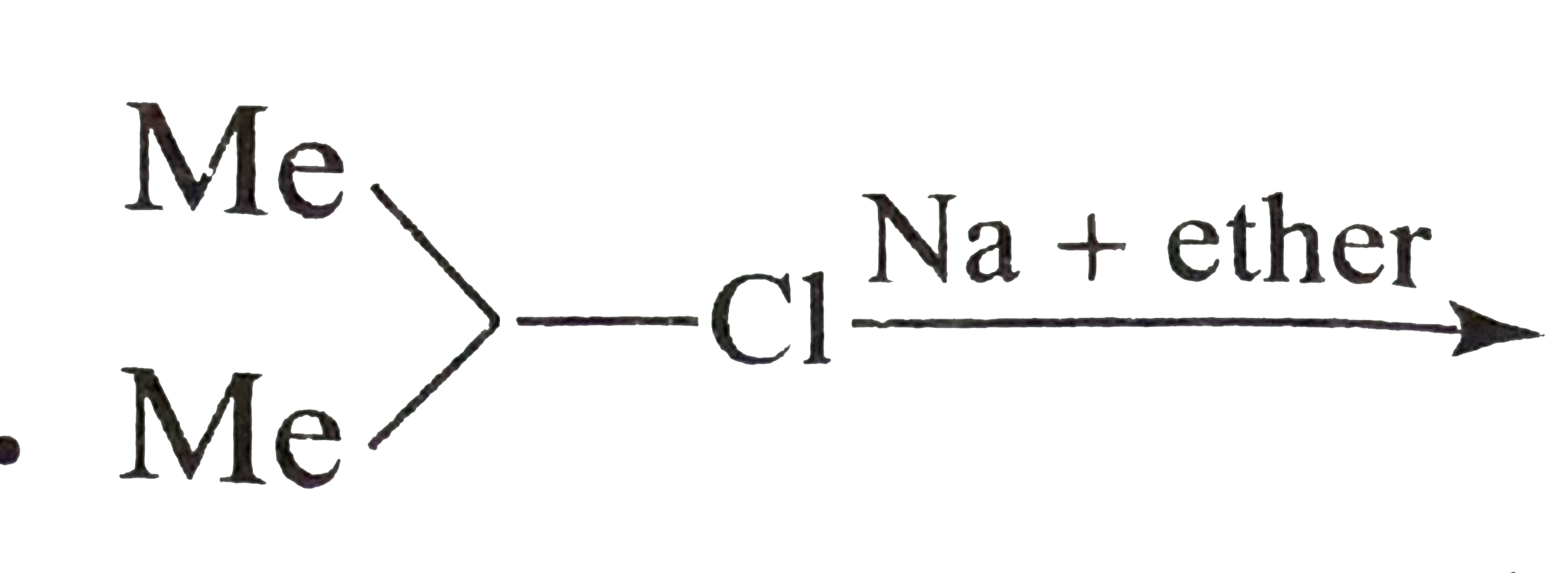i.(A) Δ−−→ glassy traparent beat (B) on platinum wire
(B) +CuSO4→ coloured bead(C )
ii (A)(D)+conc.H2SO4+CH3CH2OHignite−−→ green flame
iv.Aqueous solution (A) is alkline
Identify D.
(CH3)3BO3
C2H5)3BO3
H3BO3
None of these
The correct Answer is:b
To solve the problem step by step, let's analyze each part of the question systematically.
Step 1: Identify Compound A
The first part of the question states that heating compound A produces a glassy transparent bead (B) on a platinum wire. This is characteristic of borax, which is sodium tetraborate decahydrate (Na2B4O7·10H2O).
Conclusion:
A = Borax (Na2B4O7·10H2O)
Step 2: Reaction of B with CuSO4
Next, the bead B (which is formed from borax) is treated with copper sulfate (CuSO4) to yield a colored bead (C). When borax is heated and treated with CuSO4, it forms a colored compound due to the presence of boron.
Conclusion:
B + CuSO4 → C (colored bead)
Step 3: Reaction of A with H2SO4 and Ethanol
The next part of the question states that when compound A (borax) is treated with concentrated sulfuric acid (H2SO4) and ethanol (C2H5OH), and ignited, it produces a green flame.
The reaction can be summarized as follows:
1. Borax reacts with concentrated H2SO4 to form sodium sulfate (Na2SO4) and boric acid (H3BO3).
2. Boric acid further reacts with ethanol to form triethyl borate (C2H5)3BO3, which is responsible for the green flame.
Conclusion:
A + H2SO4 + C2H5OH (ignite) → D (green flame)
Step 4: Identify Compound D
From the above reactions, we can deduce that compound D is triethyl borate, which is known to produce a green flame when burned.
Conclusion:
D = Triethyl borate (B(OEt)3)
Final Answer
D is identified as triethyl borate.
---
The first part of the question states that heating compound A produces a glassy transparent bead (B) on a platinum wire. This is characteristic of borax, which is sodium tetraborate decahydrate (Na2B4O7·10H2O).
A = Borax (Na2B4O7·10H2O)
Next, the bead B (which is formed from borax) is treated with copper sulfate (CuSO4) to yield a colored bead (C). When borax is heated and treated with CuSO4, it forms a colored compound due to the presence of boron.
B + CuSO4 → C (colored bead)
The next part of the question states that when compound A (borax) is treated with concentrated sulfuric acid (H2SO4) and ethanol (C2H5OH), and ignited, it produces a green flame.
1. Borax reacts with concentrated H2SO4 to form sodium sulfate (Na2SO4) and boric acid (H3BO3).
2. Boric acid further reacts with ethanol to form triethyl borate (C2H5)3BO3, which is responsible for the green flame.
A + H2SO4 + C2H5OH (ignite) → D (green flame)
From the above reactions, we can deduce that compound D is triethyl borate, which is known to produce a green flame when burned.
D = Triethyl borate (B(OEt)3)
D is identified as triethyl borate.
Topper's Solved these Questions
- QUALITATIVE INORGANIC SALT ANALYSISBOOK - CENGAGE CHEMISTRY ENGLISHCHAPTER - QUALITATIVE INORGANIC SALT ANALYSISEXERCISE - Exercises (Multiple Correct) Part-A (Analysis Of Anions)
30 Videos
- QUALITATIVE INORGANIC SALT ANALYSISBOOK - CENGAGE CHEMISTRY ENGLISHCHAPTER - QUALITATIVE INORGANIC SALT ANALYSISEXERCISE - Exercises (Multiple Correct) Part-B (Analysis Of Cations)
28 Videos
- QUALITATIVE INORGANIC SALT ANALYSISBOOK - CENGAGE CHEMISTRY ENGLISHCHAPTER - QUALITATIVE INORGANIC SALT ANALYSISEXERCISE - Solved Example
11 Videos
- P-BLOCK GROUP 18 ELEMENTS - THE INERT GASESBOOK - CENGAGE CHEMISTRY ENGLISHCHAPTER - P-BLOCK GROUP 18 ELEMENTS - THE INERT GASESEXERCISE - Ex 5.1 (Objective)
14 Videos
- REDUCTION AND OXIDATION REACTION OF ORGANIC COMPOUNDSBOOK - CENGAGE CHEMISTRY ENGLISHCHAPTER - REDUCTION AND OXIDATION REACTION OF ORGANIC COMPOUNDSEXERCISE - SUBJECTIVE TYPE
4 Videos
Similar Questions
Knowledge Check
CH3CH2CH2OHconc. H2SO4−−−−−−−−→170∘CACl2−−−→500∘CB.
A and B. areAA=CH3CH2CH3,B=CH3CH2CH2ClBA=CH3CH=CH2,B=CH2ClCH=CH2CA=CH2=CH2,B=CH3CH2ClDA=CH3CH2CH3,B=CH3CH=CH2CH3−CH∣OH−CH2−CH3conc.H2SO4−−−−−−→Product (I)+Product (II)
What is not true regarding the products ?AProduct-I and II are position isomersBProduct-I and II contains the same number od sp3andsp2 carbon atomsCThe yield of the product I and II is sameDReaction obeys Saytzeff rule
BO3−3+Conc.H2SO4+CH3−CH2−OHignite−−→(A)Green flame . What is the oxidation number of central atom that is responsible for green in compound (A) ?
View SolutionCH3CH2OHConc.H2SO4−−−−−−−−−−→443KX+H2O
Complete the above reaction and explain the mechanism.
View SolutionThe major product formed in the reaction
CH3CH=CH−O∣∣C−CH3NaBH4−−−−−−−−→H2O,CH3OH is
View Solution (B)2mol−−−−−−→Cl2+hv (C)2mol−−−−−−−−→Alc.KOH
(B)2mol−−−−−−→Cl2+hv (C)2mol−−−−−−−−→Alc.KOH
(D) CH2=CH2−−−−−−−→Δ (E)
The final product (E) is :
View Solution (i)CH3CHO−−−−−−−→(ii)H3O+ (A) HBr−−→ (B)
(i)CH3CHO−−−−−−−→(ii)H3O+ (A) HBr−−→ (B)
The compounds (A) and (B)
View SolutionThe main product of the following reaction is C6H5CH2(OH)CH(CH3)2Conc.H2SO4−−−−−−−→?
View Solution
